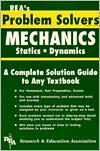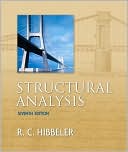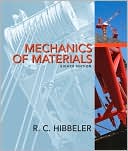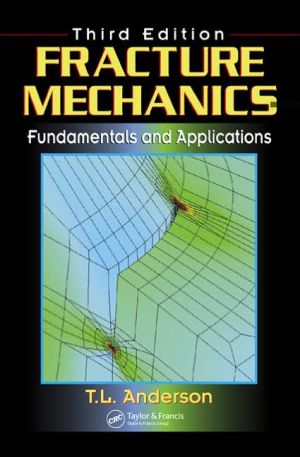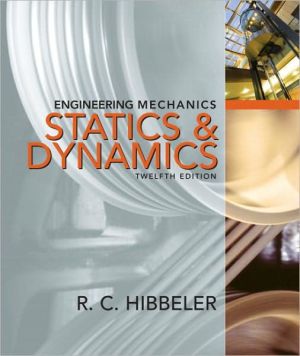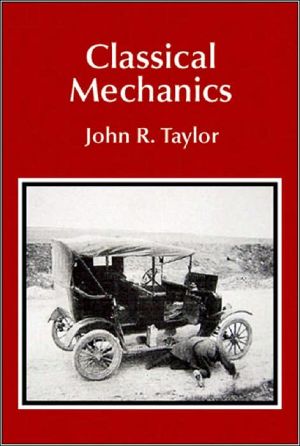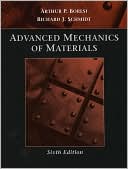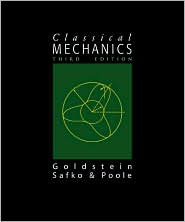Mechanics: Statics & Dynamics Problem Solver
The Problem Solvers are an exceptional series of books that are thorough, unusually well-organized, and structured in such a way that they can be used with any text. No other series of study and solution guides has come close to the Problem Solvers in usefulness, quality, and effectiveness. Educators consider the Problem Solvers the most effective series of study aids on the market. Students regard them as most helpful for their school work and studies. With these books, students do not...
Search in google:
The Problem Solvers are an exceptional series of books that are thorough, unusually well-organized, and structured in such a way that they can be used with any text. No other series of study and solution guides has come close to the Problem Solvers in usefulness, quality, and effectiveness. Educators consider the Problem Solvers the most effective series of study aids on the market. Students regard them as most helpful for their school work and studies. With these books, students do not merely memorize the subject matter, they really get to understand it. Each Problem Solver is over 1,000 pages, yet each saves hours of time in studying and finding solutions to problems. These solutions are worked out in step-by-step detail, thoroughly and clearly. Each book is fully indexed for locating specific problems rapidly. Detailed treatment of topics in statics, friction, kinematics, dynamics, energy relations, impulse and momentum, systems of particles, variable mass systems, and three-dimensional rigid body analysis. Among the advanced topics are moving coordinate frames, special relativity, vibrations, deformable media, and variational methods.
HOW TO USE THIS BOOK\ This book can be an invaluable supplement to standard textbooks for students studying mechanics. The book is divided into 26 chapters, each dealing with a separate topic. The subject matter is developed beginning with statics and extending through friction, kinematics, impulse and momentum, systems of particles, rigid body kinetics, and vibrations. Sections on three-dimensional dynamics, moving coordinate frames, special relativity, and variational methods have also been included. An extensive number of applications have been included, since they appear to be most troublesome to students.\ HOW TO LEARN AND UNDERSTAND A TOPIC THOROUGHLY\ 1. Refer to your class text and read the section pertaining to the topic. You should become acquainted with the principles discussed there. These principles, however, initially may not be clear to you.\ 2. Locate the topic you are looking for by referring to the Table of Contents in the front of the book.\ 3. Turn to the page where the topic begins and review the problems under each topic, in the order given. For each topic, the problems are arranged in order of complexity, from the simplest to the more difficult. Some problems may appear similar to others, but each problem has been selected to illustrate a different point or solution method.\ To learn and understand a topic thoroughly and retain its contents, it will be generally necessary for students to review the problems several times. Repeated review is essential in order to gain experience in recognizing the principles that should be applied, and to select the best solution technique.\ HOW TO FIND A PARTICULAR PROBLEM\ To locate one or more problems related to particular subject matter, refer to the index. In using the index, be certain to note that the numbers given there refer to problem numbers, not page numbers. This arrangement of the index is intended to facilitate finding a problem more rapidly, since two or more problems may appear on a page.\ If a particular type of problem cannot be found readily, it is recommended that the student refer to the Table of Contents, and then turn to the chapter which is applicable to the problem being sought. By scanning or glancing at the material that is boxed, it will generally be possible to find problems related to the one being sought, without consuming considerable time. After the problems have been located, the solutions can be reviewed and studied in detail.\ For the purpose of locating problems rapidly, students shouldacquaint themselves with the organization of the book as found in the Table of Contents.\ In preparing for an exam, it is useful to find the topics to be covered in the exam from the Table of Contents, and then review the problems under those topics several times. This should equip the student with what might be needed for the exam.
